Search
Search Results
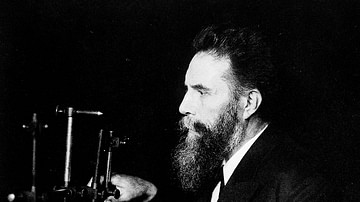
Article
Discovery of X-Rays
The discovery of X-rays – a form of invisible radiation that can pass through objects, including human tissue – revolutionised science and medicine in the late 19th century. Wilhelm Conrad Röntgen (1845-1923), a German scientist, discovered...
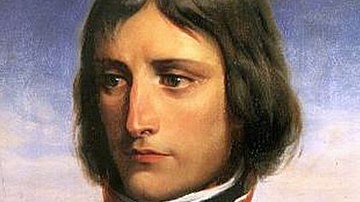
Article
Napoleon Bonaparte During the Early French Revolution (1789-1794)
Of all the careers that soared to meteoric heights during the chaotic decade of the French Revolution (1789-1799), none was more spectacular nor impactful than that of Napoleon Bonaparte (1769-1821). From an unremarkable birth into minor...
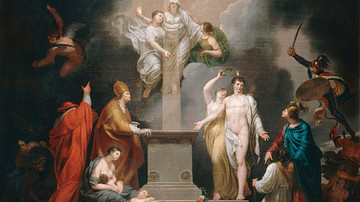
Article
Napoleonic Concordat of 1801 & Religious Pluralism
The Napoleonic Concordat of 1801 defined France's relationship with the Catholic Church for over 100 years. The Organic Articles were added in 1802 and provided state recognition of the Reformed and Lutheran confessions alongside the Catholic...
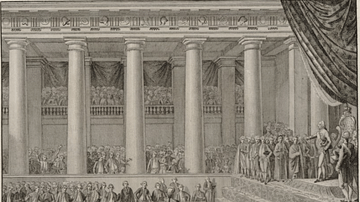
Article
Louis XVI, the Girondins, & the Road to Revolutionary War (1791-92)
On 20 April 1792, King Louis XVI of France (r. 1774-1792) stood before the Legislative Assembly and, with a faltering voice, read a declaration of war against Austria, to the ecstatic delight of the gathered deputies. This declaration sealed...
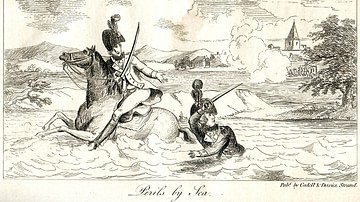
Article
Battle of Tourcoing
The Battle of Tourcoing (17-18 May 1794) was a major engagement in the War of the First Coalition, the first phase of the French Revolutionary Wars (1792-1802). It saw an army of the French Republic successfully fend off a six-pronged attack...

Image
Catherine the Great and the Russian Empire, c. 1796
A map illustrating the state of the Russian Empire, c. 1796, during the reign of Ekaterina II Alekseyevna (born Princess Sophie of Anhalt-Zerbst), commonly known as Catherine the Great. Longest ruling Russian Empress (1762 – 1796), she continued...
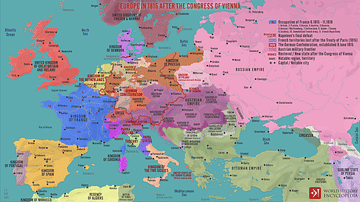
Image
Europe in 1815 after the Congress of Vienna
A map illustrating the dynamic borders in Europe following the Congress of Vienna (held between September 1814 and June 1815) aiming to balance power between the nations victorious over Napoleon: Russia, Great Britain, France, Austria, and...

Image
House of Immanuel Kant
An 1842 illustration showing the house in Kaliningrad, Russia (then Köningsberg, East Prussia) of the German philosopher Immanuel Kant (1724-1804).

Image
Statue of Immanuel Kant
A statue of the German philosopher Immanuel Kant (1724-1804). In Kaliningrad, Russia (Köningsberg, East Prussia when Kant lived there).
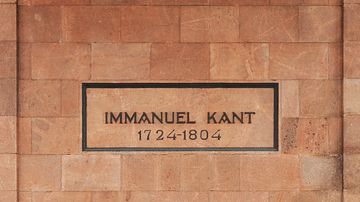
Image
Tomb of Immanuel Kant
The tomb of the German philosopher Immanuel Kant (1724-1804) in Kaliningrad, Russia (then Köningsberg, East Prussia).